How to make a ‘90s hardcore rave track like Calvin Harris’s Hypnagogic (I Can’t Wait)
A Bobby Bryrd break meets a vocal acapella, M1 piano and acid house bassline in the Love Regenerator banger
No stranger to paying homage beloved dance subgenres, chiseled production hunk Calvin Harris, has most recently turned his attention to that most sacred of styles: hands-in-the-air ‘92-style hardcore rave.
With breakbeats, heavy bass, sampled vocals and, of course, uplifting piano in full effect, Harris - going under the name of Love Regenerator here - has done a masterful job of capturing the euphoric essence of tracks such as Awesome 3’s Don’t Go, Sonz of A Loop Da Loop Era’s Peace & Loveism and Aurora’s Sunshine with his latest track Hypnagogic (I Can't Wait).
Let’s take a look at five of the key elements that make Hypnagogic a kosher slice of early ‘90s piano breakbeat, and explain how you can create something similar.
1. Bobby Byrd’s Hot Pants break
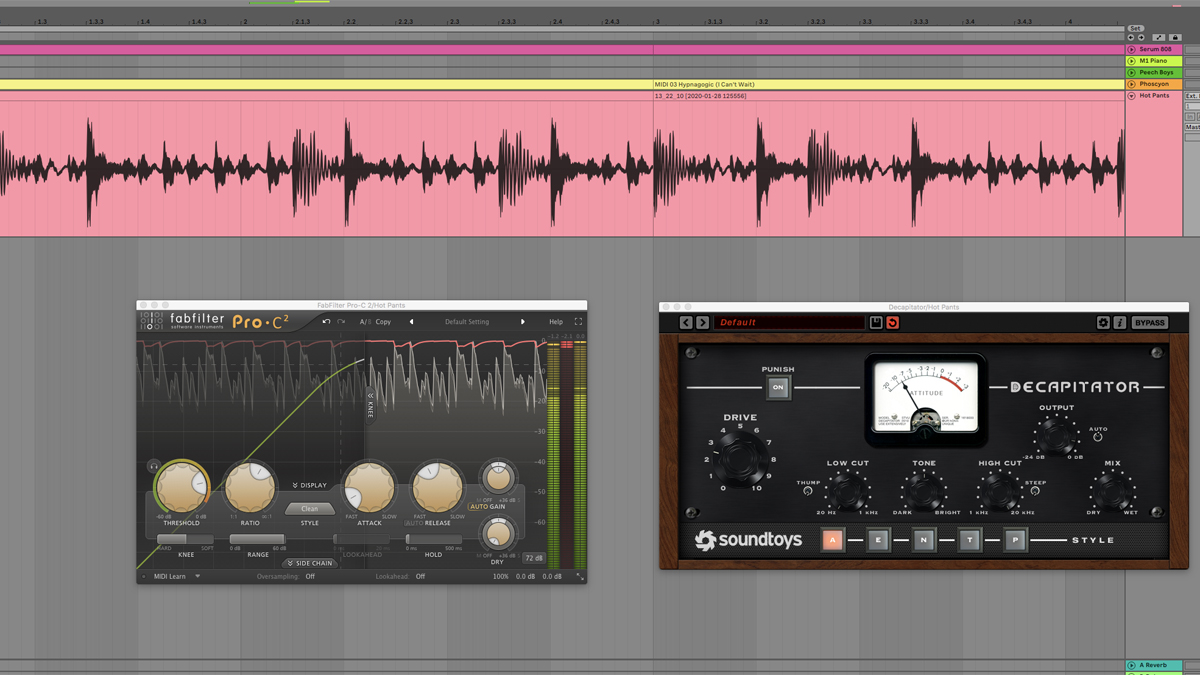
Arguably the greatest breakbeat in existence, Bobby Byrd’s Hot Pants (Bonus Beats) will sound familiar to anyone who has spent their fair share of time riding around Los Santos thanks to the original track’s inclusion on the soundtrack to Grand Theft Auto: San Andreas. Thankfully there’s no need to resort to sampling YouTube to get your hands on a ‘clean’ copy of this break as it can be found in certain older sample libraries.
Here Calvin has sped the break up to a speedy 140BPM, and then in a slightly anachronistic move, pitch-shifted it down three semitones.
This is one of very few anachronisms in the track: timestretching and of course manual beat slicing were indeed available to Akai-totting producers back in the early ‘90s, but pitch-shifting breaks only became common during the later ‘darkside’ era, and even then were predominantly used as an effect; see Origin Unknown’s Valley of The Shadows from 1993, which features a pitched down variation of the Lyn Collins Think break, and D’Cruze’s Want You Now (DJ SS & EQ Remix), which features a splendid display of pitch-bent Hot Pants action and a familiar vocal sample to boot. More on that very shortly...
Calvin’s Hot Pants break sounds big and brash, you can achieve a similar effect by running breaks through Soundtoys Decapitator. And if you’re keen to get that early ‘90s sampler sound, why not try Inkphonik’s excellent Akai S950 AD/DA converter emulation RX950.
Get the MusicRadar Newsletter
Want all the hottest music and gear news, reviews, deals, features and more, direct to your inbox? Sign up here.
2. Peech Boys Don’t Make Me Wait acapella
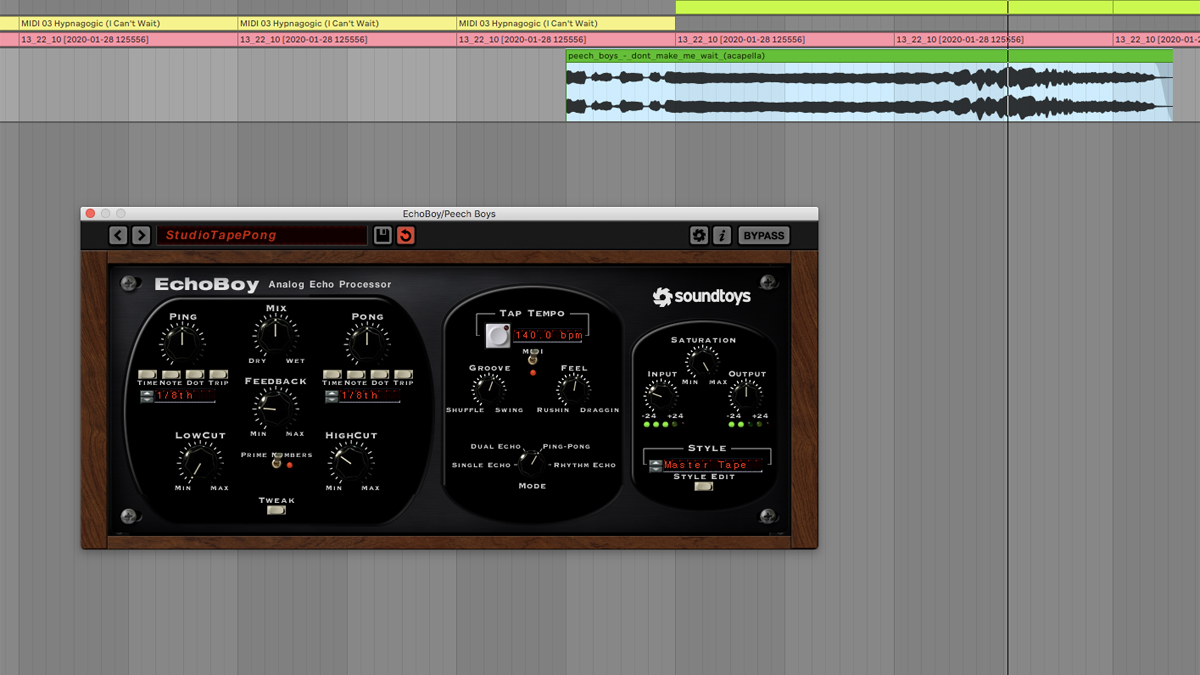
The acapella version of Peech Boys’ electro disco banger Don’t Make Me Wait was sampled heavily back in the heyday of rave, most famously in Altern 8’s Activ-8, as well as in a slew of other tracks including Citadel of Kaos’s Ronnies Revenge and DJ Trace’s Ain’t Gonna Wait No More.
While old-skool hardcore tracks were infamous for speeding up vocals to ‘chipmunk’ pitch rather than timestretching them, here Harris has timestreched them to Hypnagogic’s 140BPM tempo and pitched them up a relatively subtle two semitones, which gives them a slightly more feminine quality.
Lashings of delay have also been applied to give them an epic feel, and while Calvin is stupendously rich, perhaps he opted to save a little cash by opting for a delay plugin that’s near-constantly on sale such as Waves’ H-Delay.
We used www.acapellas4u.co.uk to locate the vocal, which also appears on unauthorised vinyl acapella compilations if you’re after that OG sampling experience.
3. Acid bass
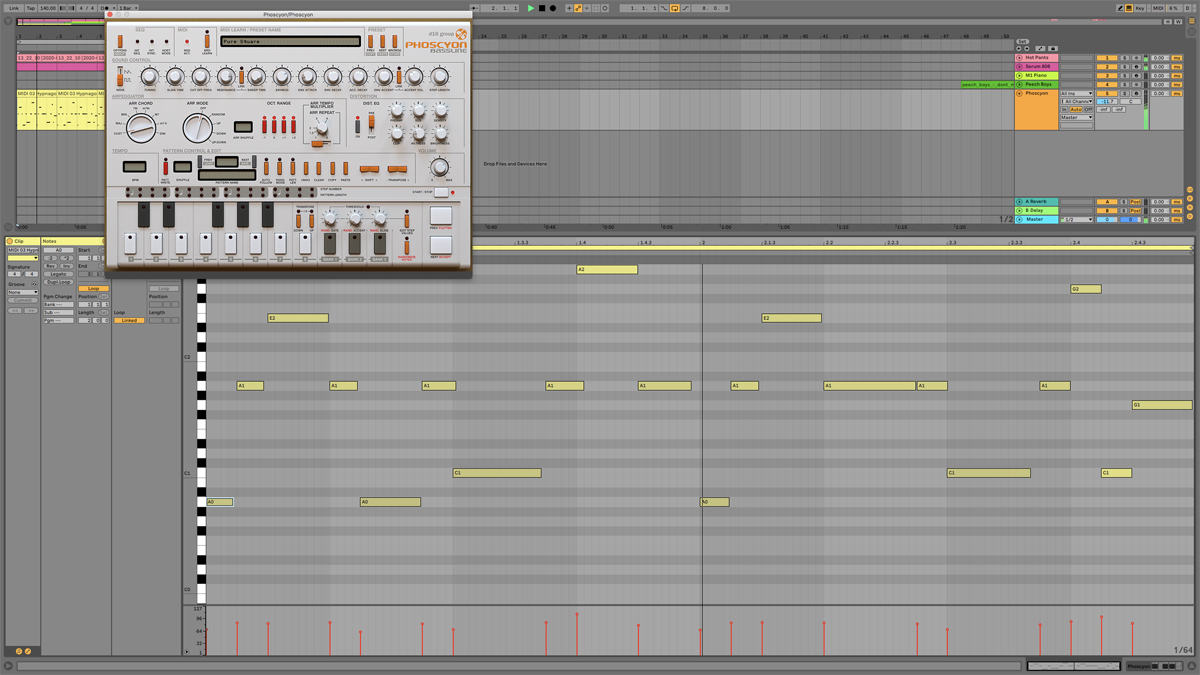
This is where things get a little trickier to discern. The ‘acid’ warble that kicks of Hypnagogic does indeed sound reminiscent of the classic Roland TB-303 and, by extension, the excitingly economical Behringer TD-3. However, the sound in Calvin’s track appears to have a filter movement with a slight attack at the start - something that’s not possible with either the original 303 or Behringer’s clone.
We found that the easiest way to get something similar was to use D16 Group’s software 303 emulation Phosycon, which boasts quite a few features not found on the original hardware, including an Env. Attack knob.
While we can’t claim that Hypnagogic definitely uses D16 Group’s excellent acid box, it certainly sounds close enough. And at a mere €59, you don’t have to be a handsomely-rewarded pop producer to afford a copy.
4. House piano
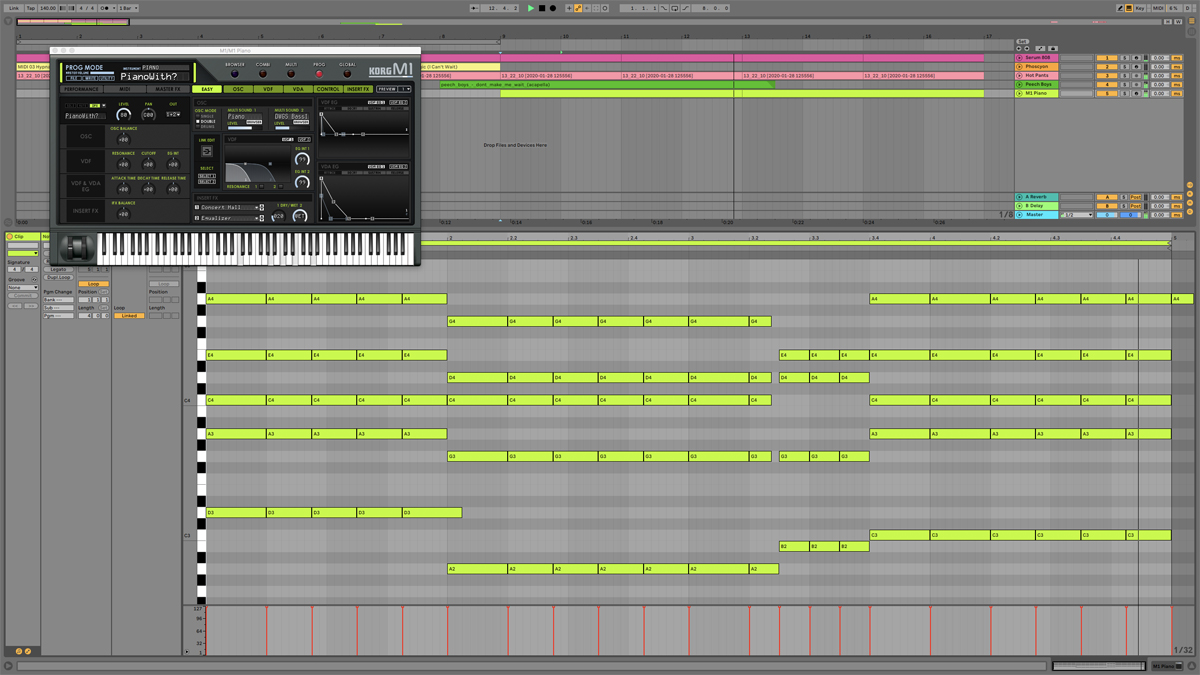
The Korg M1’s Piano 8’ and Piano 16’ patches were responsible for an absolutely astounding number of rave-era anthems - Dream Frequency’s Feel So Real, Manix’s Feel Real Good and M.A.N.I.C.’s I’m Comin’ Hardcore, to name but a few - and while Hypnagogic isn’t a million miles away from that iconic tone, we found that we got cloest using the M1’s PianoWith? program, which even includes the same slap delay-esque effect used on the Calvin Harris track.
The Korg M1 plugin is extremely reasonably priced at a mere $50, making it a no-brainer for lovers of rushing hardcore pianos, but if you’re after something that sounds a little different, then Korg’s later Triton synth has plenty of suitable patches, Roland Cloud features a plugin version of the popular JV-1080 sound module (which has its own pleasing piano tones), and of course reFX Nexus has some well-loved piano patches, too.
Here, you can see the chords used - note the use of harmonies in the bass to get that soulful classic house feel.
5. 808-style bass
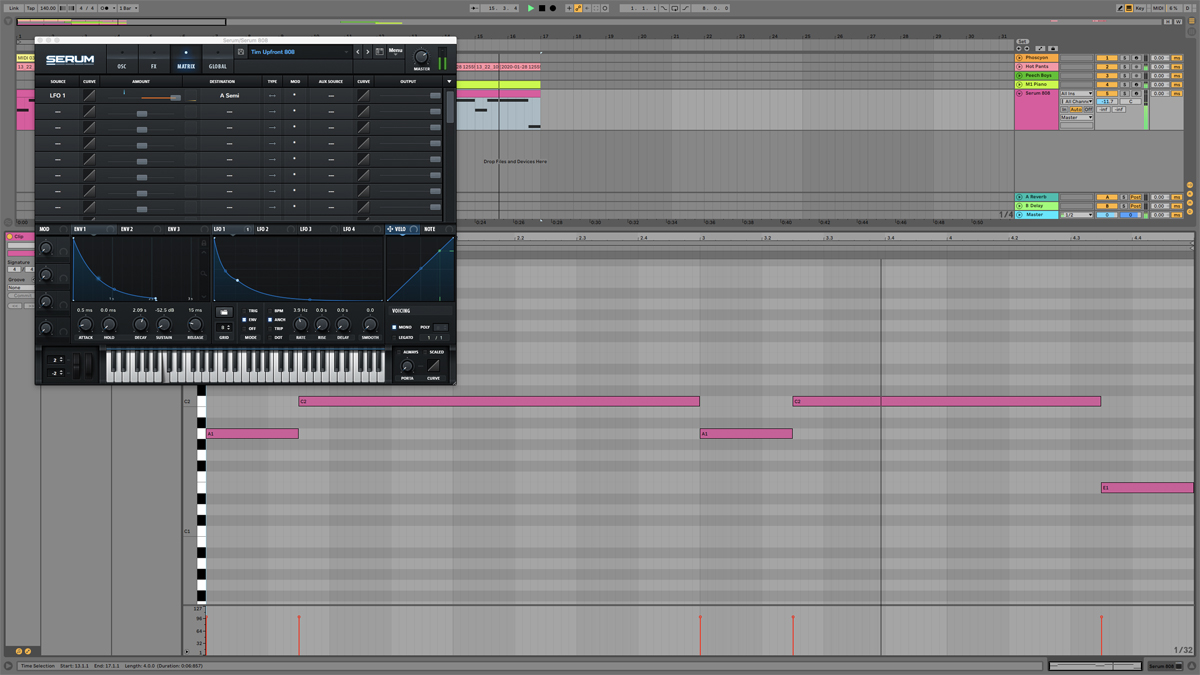
Here, Calvin takes a slight bit of artistic license with the ‘92 hardcore rave formula.
The classic sound of rave bass is the Akai sine test tone, which was a staple of happier hardcore tunes’ low-end, with junglistic 808 bass really only rearing its flithy head in later piano slammers such as Manix’s Alright Wid Me (Tek 9 Remix) from 1993, and Mercurial’s Feel The Energy from 1994. However, Hypnagogic’s use of 808 subs is tasteful enough to make any criticism feel churlish.
If you’re after authentic sampled 808’s then GoldBaby’s Tape808 is a fantastic choice and extremely reasonably-priced at $29, or you can roll your own bass drops by making a sine-based synth patch that uses an envelope to drop the oscillator's pitch.









